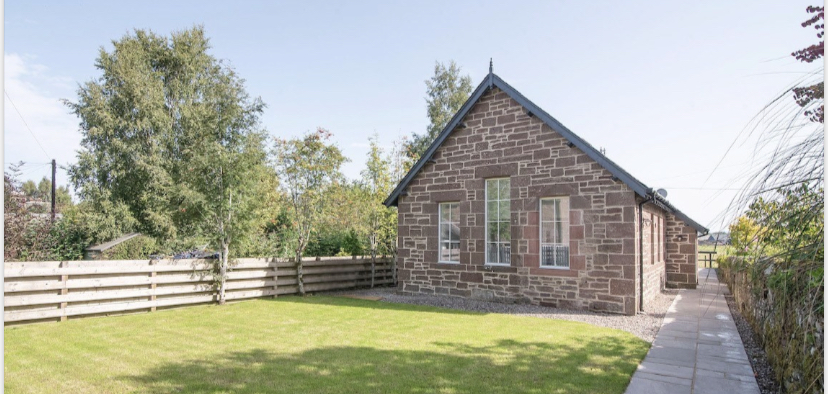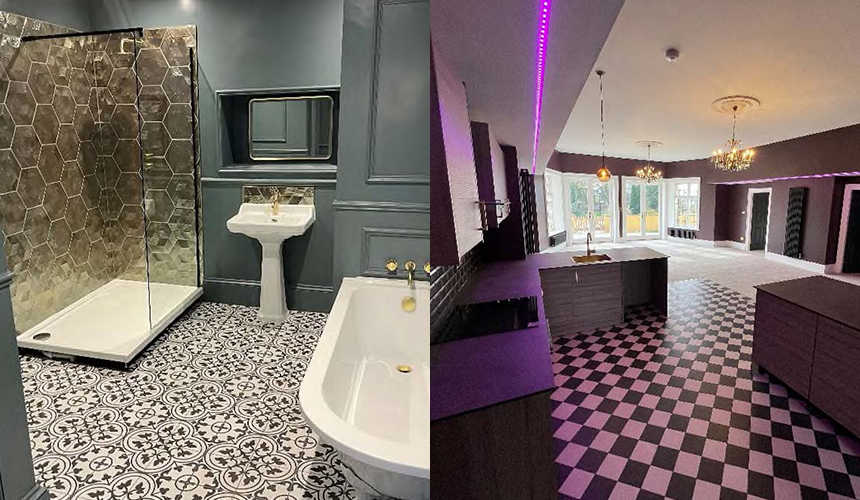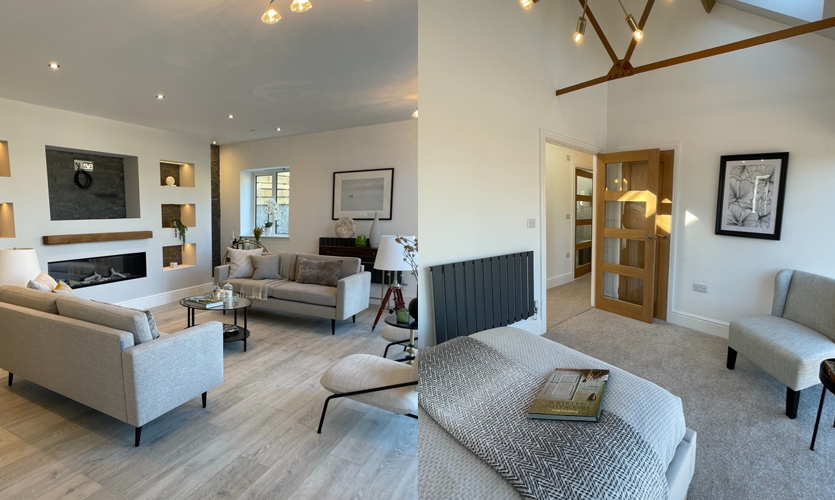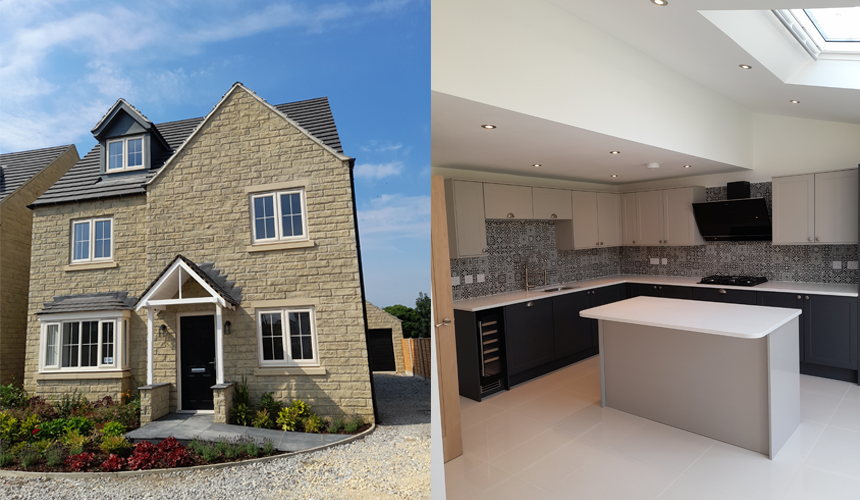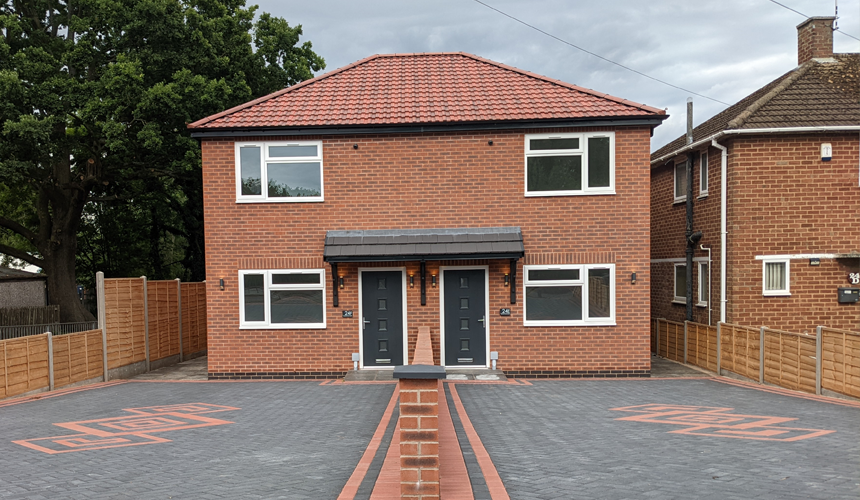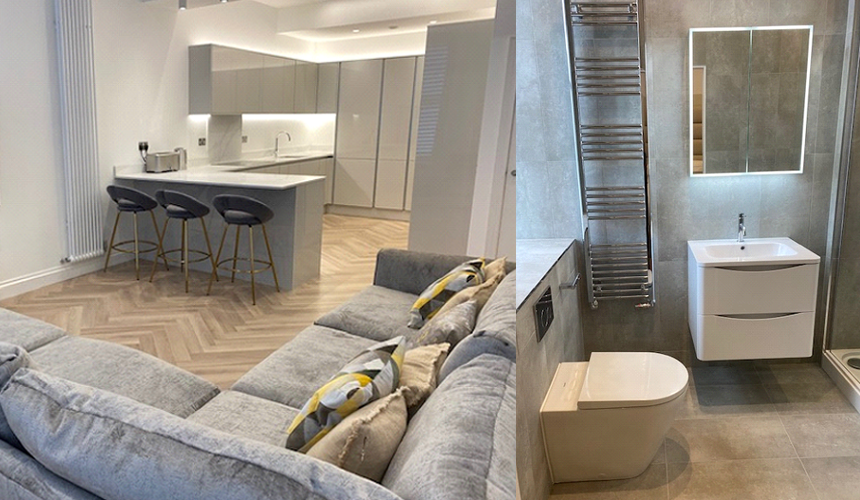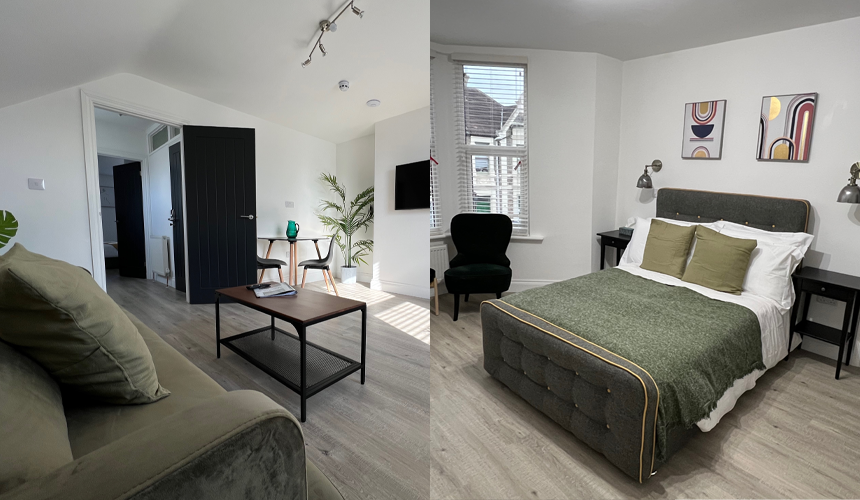In a changing buy to let market, Scott Marshall, director at bridging lender Roma Finance, explains how short term lenders are adapting to keep pace with planning changes, rental yields and tax rules.
With the property market changing almost daily, finding the right finance for acquiring property quickly can be a bit of a headache for landlords.
After all, when buying at auction, as soon as the hammer falls you are committed to buying the property and have a limited period of time to pay the full amount – usually twenty eight days. Buying property this way has many advantages – you can get started renovating straightaway, when property is bought quickly it’s usually at a competitive price and when buying an investment property it may already have tenant income.
It’s advisable too that the borrower only pays the amount they have pre-planned and can afford. It’s easy to get carried away in the excitement of the auction room, but it’s important to keep a cool head and work out your limit beforehand. Furthermore, it is advisable to speak to a specialist lender in advance to ensure you have the money lined up before attending the auction.
To reap the rewards of buying at auction you need access to quick finance. Traditional lenders are often unable to meet the short auction timescales and may also have strict criteria which means they may not lend at all on property that needs refurbishment, particularly if it doesn’t have functional amenities such as a working bathroom or kitchen; or the borrower is self-employed or perhaps has had credit issues in the past.
That’s where specialist lenders can help – with bridging finance. Typically a loan is for 3 – 12 months, during which time the borrower can refurbish and prepare the property for rent or sale, and look for longer term finance such as a buy-to-let or commercial mortgage, depending on the property type. Like a mortgage, a bridging loan is secured on property – either the one bought or another the buyer owns.
Bridging loans are flexible in their use and it’s not just buy to let property they can be used for. Retail outlets, semi-commercial property, warehouses, offices and industrial units can all be financed using bridging loans. And of course, land can be bought either with or without planning permission for housing or commercial development.
With the recent changes to the planning rules allowing for offices to be converted to residential use, there are more landlords taking this route to turn them into Houses in Multiple Occupation (HMOs). Usually licences are required for this from the local council so this will need to be checked and a fire safety certificate is required too. But, HMOs can generate higher rental yields than many buy to lets as the property will have a number of tenants paying rent but sharing facilities. They are popular with students and young professionals living near their university or place of work.




